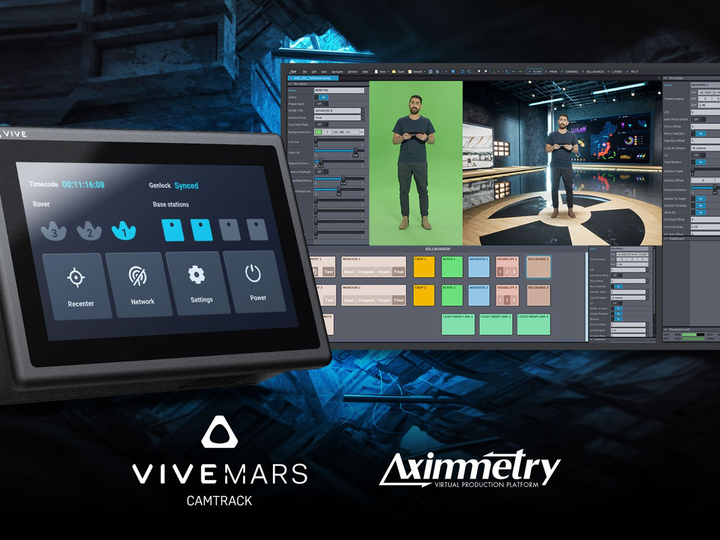

VIVE MARS CAMTRACK:
Democratizing virtual production technology and expanding accessible creative opportunities for content producers.
Background
The Vive Mars project originated from a collaborative effort between PUSH Studio and DePaul’s Jarvis Innovation Center. Student Piyush Parmar and Jarvis Center head Josh Tsui, with support from DePaul professors Allen Turner, Will Meyers, and Brian Andrews, collaborated to develop a space for students to learn about modern virtual production technology. The initiative, which kicked off in summer 2023, began with extensive research into the requirements needed to establish a virtual production lab. This preparatory phase focused on understanding the minimum system requirements to ensure the functionality of the lab. By fall 2023, the project moved into the installation stage, involving detailed planning around hardware, software, and the physical space needed. Piyush and Josh spearheaded brainstorming sessions to outline the necessary equipment and layout for the lab, emphasizing the importance of a mobile setup to facilitate different types of production environments.
Challenge
During the development stages, the project faced significant challenges, including difficulties in accessing virtual production tracking systems and acquiring essentials like cameras and a dedicated production space. Budget constraints were also a notable issue, particularly the limited funds available for student projects, which capped at $5,000 for the Mars system. Another significant hurdle was the lack of a dedicated class that covered the entire virtual production pipeline, as existing courses only addressed individual components. The project aimed to bridge the gap between different creative and technical roles, such as directors, artists, creative technologists, Unreal developers, and lighting experts, encouraging a collaborative and experimental approach in a field that is continuously difficult to enter.
Deliverables:
High-fidelity interactive prototypes
PUSH services:
Technology Prototypes, Student Education
Industry:
Artificial Intelligence, Motion Capture, Virtual Production
PUSH team:
Piyush Parmar - Lead Engineer

Mock-up of Mars setup
Working with students to set-up lab
Approach
The approach to building the Vive Mars lab was structured into three phases: initial research, system installation and testing, and refining requirements based on the outcomes. This strategy ensured that all necessary hardware, software, and peripherals were accounted for, with a focus on mobility through the use of travel cases and carts. Piyush took on the task of creating a comprehensive documentation guide, which would detail the steps, precautions, and tips for using the new lab effectively. This guide was geared towards preparing students to test their own experiments by Fall 2024, with the intention of making the lab a sustainable resource through workshops and knowledge transfer from graduating students.

Solution
The final setup of the Vive Mars project resulted in a mobile virtual production studio that utilizes Mars systems, Unreal Engine, various cameras, and green screen technologies. This studio was designed to be openly accessible to students, allowing them to conduct their own experiments and learn through direct engagement with virtual production tools. Despite the initial struggles with equipment and software access, the lab was equipped to offer a comprehensive understanding of virtual production. This educational environment aimed not only to teach the technical processes but also to inspire students to explore and innovate within the field. The ultimate goal of making virtual production accessible to students was embodied in the studio, providing a space where they could come together to create modern virtual productions and learn from each other's diverse experiences and backgrounds.
Piyush and Cinema Production Professor Brian Andrews


